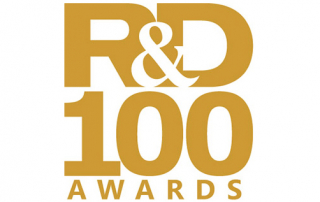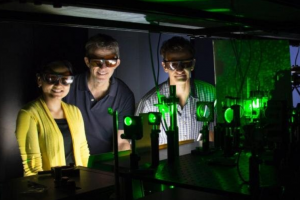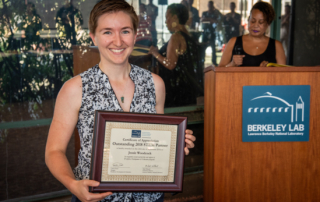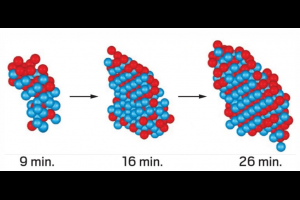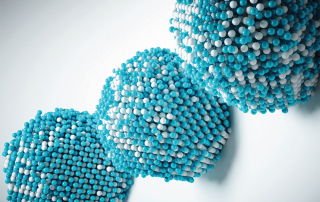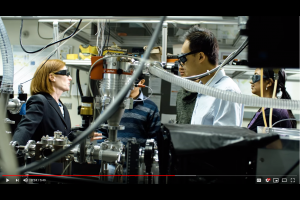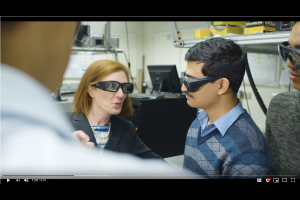2019 R&D 100 Award winners unveiled!
Winners of the R&D 100 Awards have been announced by R&D World magazine and its new parent company, WTWH Media, LLC. “This awards program is so well recognized across the R&D community. Being named as one of the R&D 100 is an incredible honor,” said Paul J. Heney, Vice President, Editorial Director for R&D World. “These 100 winning products and technologies are the disruptors that will change industries and make the world a better place in the coming years.”
Analytical/Test Category:
QM Quantum Microscope – Next Generation Microscopy & Analysis
KMLabs, Inc.
JILA at the University of Colorado, the STROBE center
